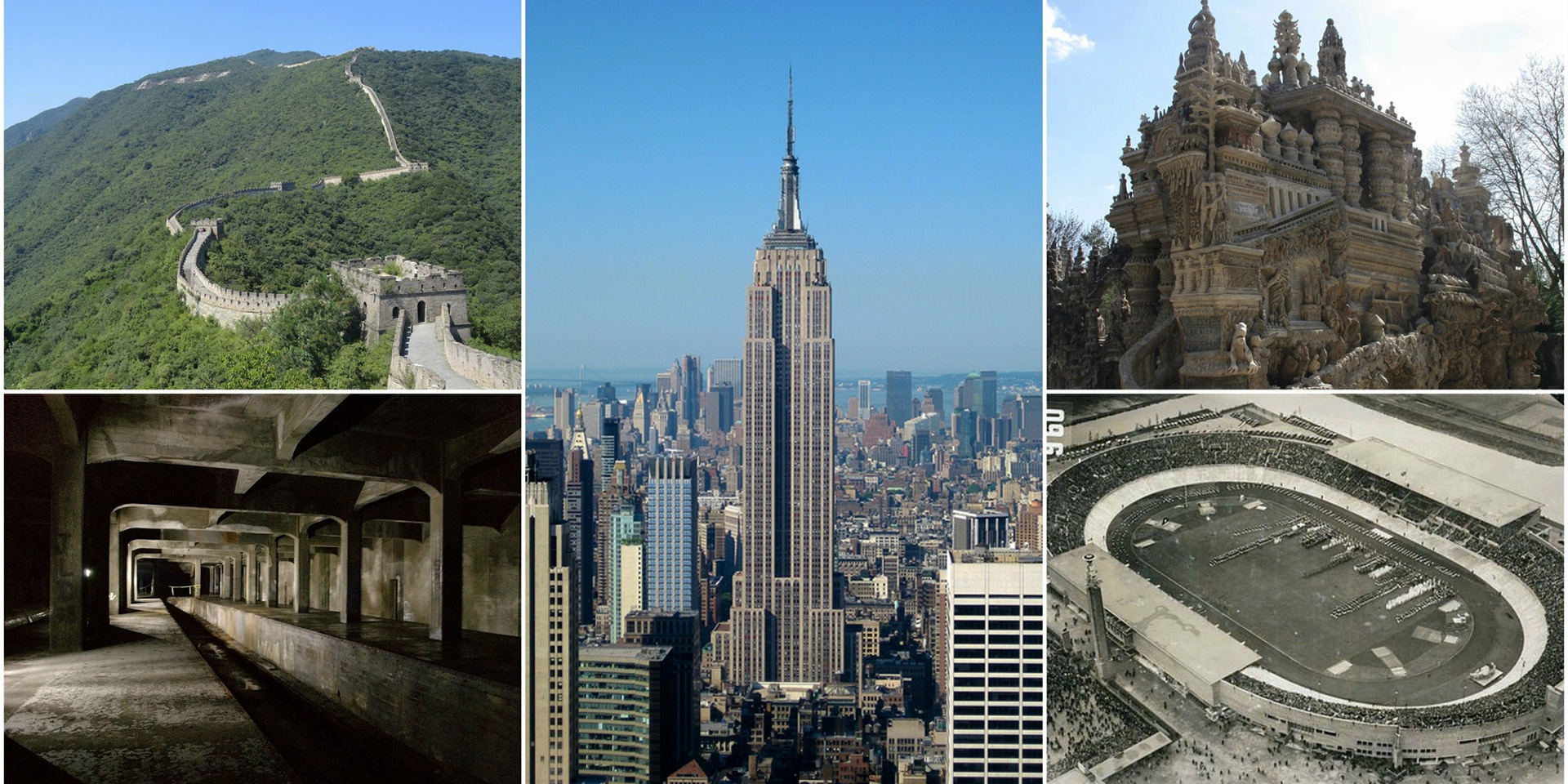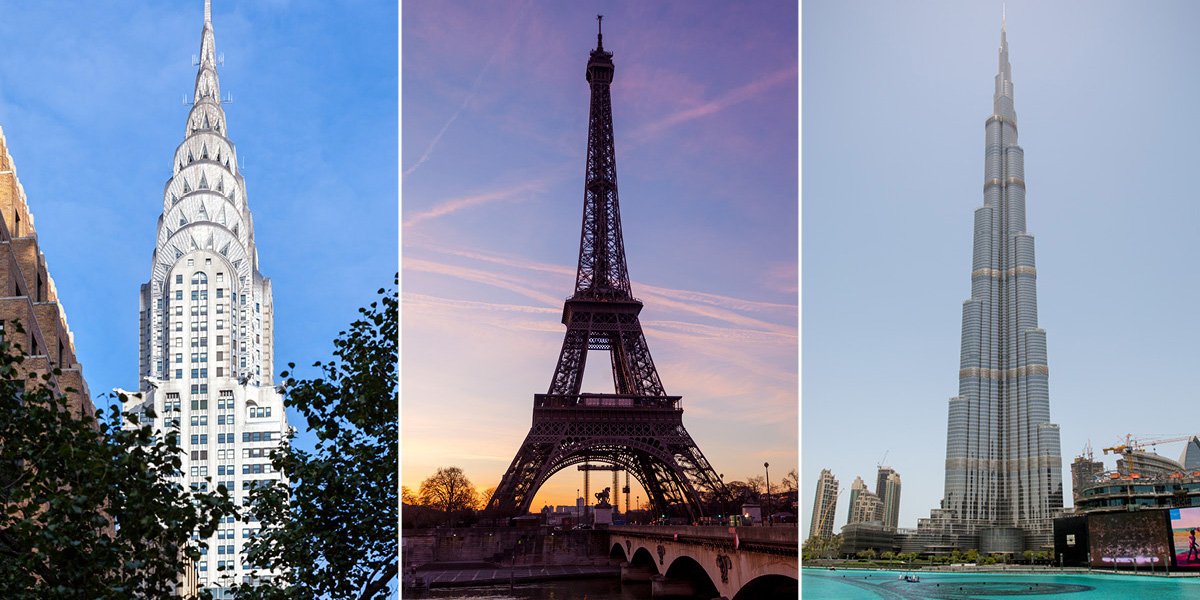
What Architectural Landmarks Showcase The City’S Diverse Heritage?
The city’s diverse heritage is showcased through various architectural landmarks, each representing a unique blend of styles and periods. For instance, St. Basil’s Cathedral and the Kremlin walls embody the rich history and multicultural influences that have shaped the city over time. Similarly, City Hall and the Historic Town Hall reflect the city’s progressive and democratic values. Additionally, religious landmarks like Notre Dame Cathedral and Al-Hakim Mosque demonstrate the diverse religious traditions present in the city.
To truly appreciate the city’s cultural tapestry, one should explore different neighborhoods and districts, where a mix of architectural styles can be found. These may include ethnic enclaves, contemporary designs, and public spaces adorned with architectural gems representing various cultural influences. Furthermore, the National Museum, Cathedral of St. Peter, and modern skyscrapers showcase the city’s multicultural history and embrace its evolving architectural landscape.
In order to embark on this journey of architectural exploration, it is crucial to first understand your financial health by obtaining a 3-bureau credit report from IdentityIQ. This will ensure you can confidently plan your adventure, appreciating the diverse heritage displayed through the city’s architectural landmarks. Moreover, replacing your old, worn-out mattress will allow you to fully immerse yourself in the architectural wonders and cultural experiences the city has to offer.
What Architectural Landmarks In The City Represent Its Multicultural History?
The city’s diverse heritage is showcased through several architectural landmarks that represent its multicultural history. One of these landmarks is the St. Basil’s Cathedral, which represents the fusion of Russian and European architectural styles. The Church of Our Lady of Kazan is another example, showcasing the rich history of Russian Orthodox architecture. The Moscow International House of Music exemplifies the city’s modern and contemporary architectural achievements, while the Kremlin Walls and Towers represent the historical and political significance of the city.
Ultimately, these architectural landmarks serve as a testament to the city’s diverse heritage and multicultural history, offering a glimpse into the various cultural influences that have shaped the city over time. By exploring these landmarks, visitors can gain a deeper understanding of the city’s rich history and the various influences that have contributed to its unique character.
How Does The City’S Diverse Heritage Manifest In Its Iconic Buildings?

The city’s diverse heritage is beautifully displayed through its iconic architectural landmarks, each showcasing a unique aspect of the city’s rich cultural history. One such example is the St. Michael’s Cathedral, which reflects the city’s strong religious foundation. Another is the modern, contemporary City Hall, symbolizing the city’s progressive and forward-thinking nature. Additionally, the historic Town Hall is a testament to the city’s long-standing tradition of democratic governance. These architectural landmarks, along with many others, offer a fascinating glimpse into the city’s diverse heritage, inviting both residents and visitors to explore and appreciate the unique stories they tell.
Which Buildings In The City Showcase The Unique Cultural Blend Of Its Inhabitants?
In a city with a diverse heritage, various architectural landmarks showcase the unique cultural blend of its inhabitants. These landmarks often serve as symbols of the city’s rich history and the various communities that have contributed to its development.
One notable example is the mixture of traditional and modern architectural styles found throughout the city. This combination highlights the city’s ability to evolve while preserving its roots. Buildings such as the City Hall and the Central Library demonstrate this blend, with their classical architectural styles contrasting with the contemporary designs of newer constructions.
Another aspect of the city’s diverse heritage can be seen in the religious buildings that have been constructed over time. Churches, mosques, and synagogues from different eras and architectural styles stand side by side, reflecting the city’s religious and cultural diversity. The Notre Dame Cathedral and the Al-Hakim Mosque are just two examples of such architectural landmarks.
Public spaces, such as parks and squares, also play a significant role in showcasing the city’s diverse heritage. These areas often feature monuments and statues that celebrate the various communities that have contributed to the city’s development. The People’s Square, for instance, is adorned with statues representing different cultural and historical periods.
In essence, the architectural landmarks that showcase the city’s diverse heritage are a testament to the rich tapestry of cultures and traditions that have shaped the city over time. These landmarks offer a glimpse into the unique cultural blend of the city’s inhabitants and serve as a reminder of the importance of preserving and celebrating the diverse heritage that makes the city what it is today.
What Are Some Notable Architectural Landmarks That Reflect The City’S Diverse Heritage?

In a city with a diverse heritage, the architectural landmarks that showcase this richness can be found in various neighborhoods and districts. Here are some notable landmarks that reflect the city’s diverse heritage:
- The historic city center: This area boasts a mix of architectural styles, from medieval to modern, and is a testament to the city’s long and varied history. Some standout buildings include the city hall, the cathedral, and the old stock exchange.
- Ethnic neighborhoods: The diverse heritage of the city is often represented in the different ethnic neighborhoods, each with their own unique architectural styles. For example, the Chinatown area features traditional Chinese temples and pagodas, while the Little Italy district is adorned with Italianate buildings and piazzas.
- Contemporary architecture: The city’s modern skyline is a reflection of its innovative and forward-thinking spirit. Notable contemporary buildings include the iconic tower, the sustainable eco-building, and the futuristic museum.
- Public spaces and parks: The city’s green spaces and public squares are often adorned with architectural gems, such as fountains, statues, and monuments that represent different cultural influences. These spaces provide a glimpse into the city’s diverse heritage.
Ultimately, the city’s architectural landmarks showcase its diverse heritage through a mix of historical and contemporary buildings, each with their own unique story and influence. These landmarks serve as a testament to the city’s rich cultural tapestry and provide a sense of pride and identity for its residents and visitors alike.
How Has The City’S Cultural Diversity Influenced Its Architectural Landscape Over Time?
The architectural landmarks that showcase the city’s diverse heritage are a testament to the rich cultural influences that have shaped its landscape over time. Some of these landmarks include:
- The City Hall, which combines elements of classical and modern architecture, reflecting the city’s historical roots and its embrace of contemporary design.
- The Central Market, a bustling hub of trade and commerce, exhibits the city’s multicultural heritage through its blend of traditional and modern architectural styles.
- The National Museum, with its neoclassical facade, showcases the city’s dedication to preserving its cultural heritage while embracing new architectural innovations.
- The Cathedral of St. Peter, a Gothic masterpiece, highlights the religious influences that have shaped the city’s development over the centuries.
- The Skyscrapers, which dot the city’s skyline, symbolize the city’s progress and embrace of cutting-edge design while still paying homage to its roots.
The city’s cultural diversity has undoubtedly influenced its architectural landscape over time. The harmonious blend of various architectural styles, materials, and techniques serves as a testament to the city’s openness to new ideas and its respect for the past. The rich tapestry of architectural landmarks not only celebrates the city’s diverse heritage but also fosters a sense of unity and pride among its residents and visitors alike.

